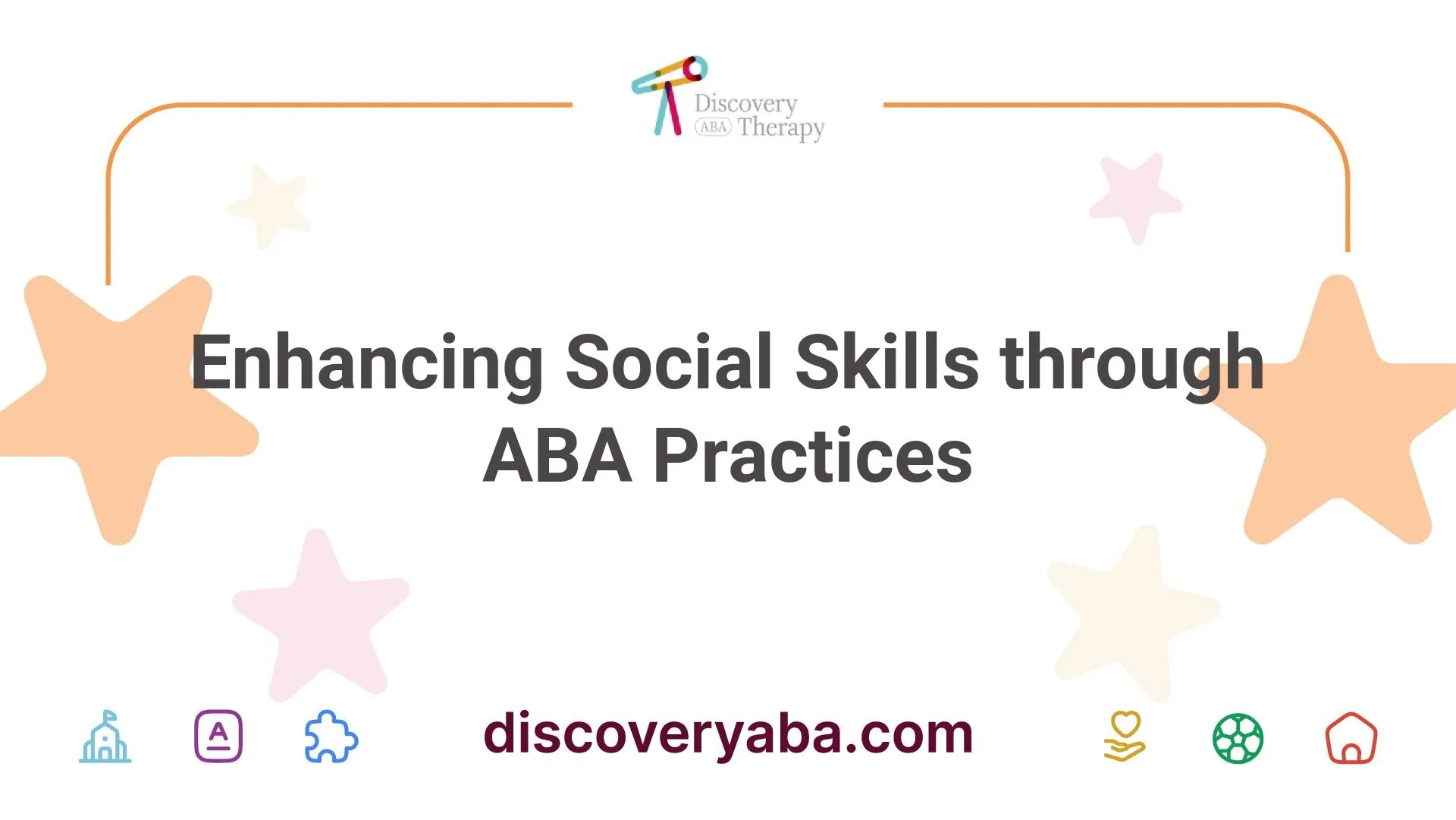ABA Skill Acquisition for Autism
Unlock potential with ABA skill acquisition! Discover the power of ABA therapy for individuals with autism in Virginia.

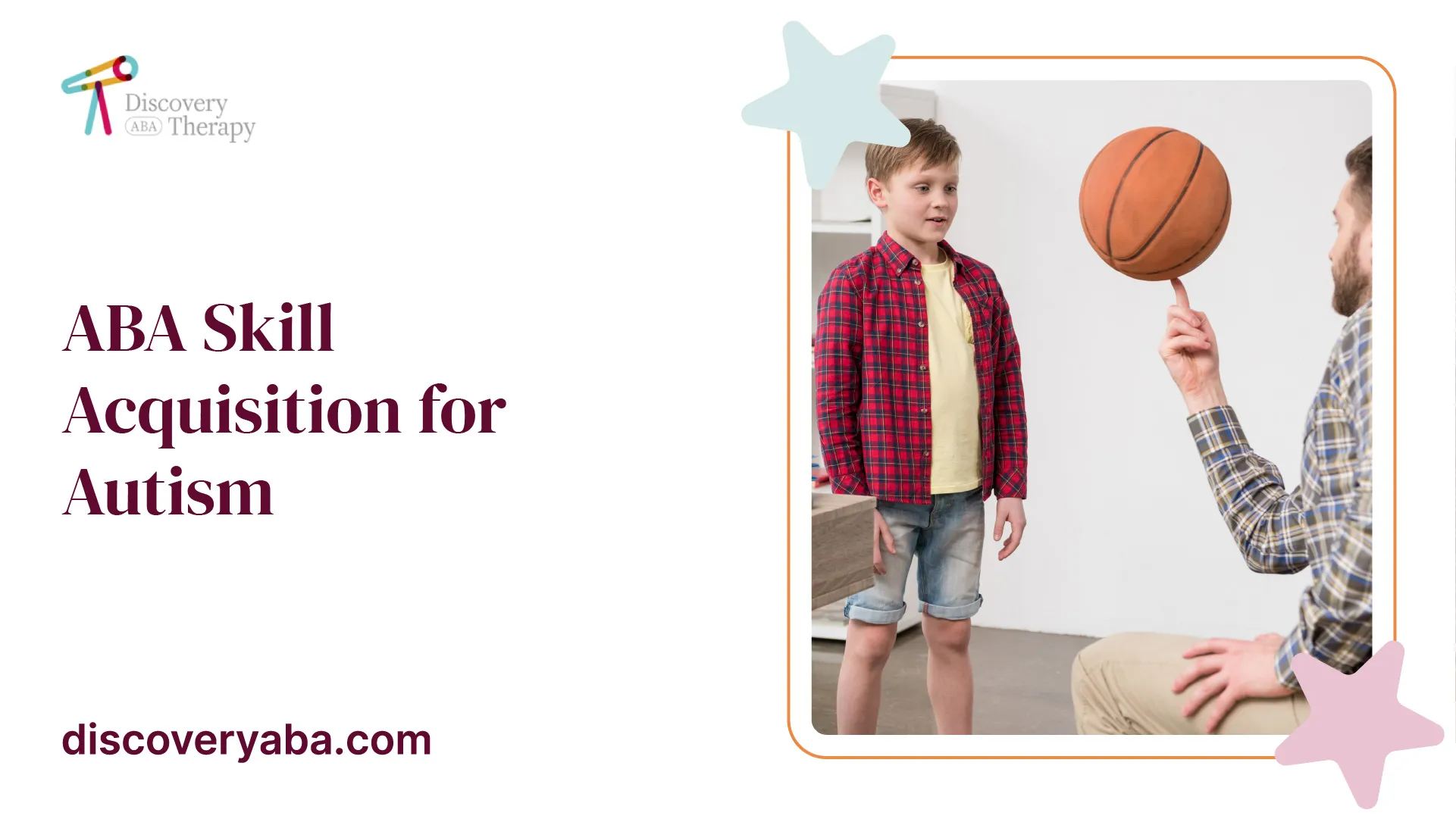
Understanding ABA Therapy
ABA therapy, also known as Applied Behavior Analysis therapy, is a comprehensive approach to help individuals with Autism Spectrum Disorder (ASD) develop important skills and improve their overall quality of life. This section will explore the basics of ABA therapy and the impact it has on fostering independence.
Basics of ABA Therapy
ABA therapy focuses on breaking down complex skills into smaller, manageable steps and systematically teaching and reinforcing them. It targets various areas, such as communication, social interaction, daily living skills, and academic abilities, to promote functional independence. A Board-Certified Behavior Analyst (BCBA) or a board-certified assistant behavior analyst (BCaBA) plays a crucial role in designing and overseeing ABA programs, customizing them to each learner's skills, needs, interests, preferences, and family situation [2].
One of the key strategies used in ABA therapy is positive reinforcement. This involves providing rewards, such as praise, toys, books, or access to preferred activities, to encourage positive behavior change over time [2]. By reinforcing desired behaviors, individuals with ASD are more likely to repeat and generalize these behaviors in various settings.
Impact of ABA on Independence
ABA therapy offers valuable tools for fostering good self-management abilities, enabling learners to develop their independence in a range of circumstances. By systematically teaching and reinforcing skills, individuals with ASD can gain the necessary tools to navigate social interactions, communicate effectively, and perform essential daily living tasks. This leads to stronger self-esteem and an improved quality of life overall [1].
ABA therapy also emphasizes the generalization of skills, which means applying learned skills in various settings and with different people. Generalization ensures that skills are not limited to therapy sessions but can be used in real-life situations. ABA therapists implement strategies to promote generalization by gradually exposing individuals to different environments, people, and activities. This helps individuals with ASD become more independent and adaptive in their daily lives.
In conclusion, ABA therapy is a powerful tool for individuals with Autism Spectrum Disorder. By utilizing evidence-based strategies and individualized skill acquisition plans, ABA therapy helps individuals develop essential skills, promote independence, and improve overall functioning. The positive impact of ABA therapy extends beyond therapy sessions, allowing individuals with ASD to thrive in various environments and achieve their full potential.
Importance of Play Skills
When it comes to ABA therapy, play skills play a crucial role in skill acquisition for individuals with autism. Children learn best through play, as it makes learning fun, teaches problem-solving skills, expands social interactions, and reduces challenging behavior [1]. In this section, we will explore the significance of play skills in ABA therapy.
Learning Through Play
Play is a natural and enjoyable activity for children, and it provides them with opportunities to explore, experiment, and learn about the world around them. Through play, children with autism can develop a wide range of skills, including cognitive, motor, social, and communication skills.
Play-based learning in ABA therapy allows for a child-centered approach, where the child's interests and preferences are incorporated into the activities. This not only enhances engagement but also promotes active participation and motivation. By tailoring activities to the child's interests, ABA therapists can create a positive and supportive learning environment.
Benefits of Play in ABA
The benefits of play in ABA therapy are numerous. Here are some key advantages:
- Fun and Motivating: Play-based activities are enjoyable for children, making the learning process more engaging and motivating.
- Problem-Solving Skills: Play provides opportunities for children to develop problem-solving and critical thinking skills. They learn to navigate challenges, make decisions, and find creative solutions.
- Expanding Social Interactions: Play-based activities encourage social interactions, such as turn-taking, sharing, and cooperative play. These interactions help children with autism develop social skills and build relationships.
- Communication Development: Play promotes communication skills, including expressive and receptive language. Children learn to use and understand words, gestures, and non-verbal cues during play interactions.
- Reducing Challenging Behavior: Engaging in play activities can help reduce challenging behaviors by providing a positive outlet for self-expression and a means to practice appropriate behavior.
By incorporating play into ABA therapy sessions, therapists can create a holistic and effective learning experience for children with autism. Play-based activities not only facilitate skill acquisition but also foster a positive and enjoyable therapeutic environment.
As ABA therapists design individualized skill acquisition plans, they consider the importance of play skills and incorporate play-based activities into the therapy sessions. By focusing on the child's interests, preferences, and developmental needs, ABA therapists can optimize the learning experience and support the child's overall development.
In the next section, we will explore strategies for assessing and enhancing communication skills in ABA therapy.
Enhancing Communication Skills
Effective communication skills play a vital role in the development and growth of individuals with autism. Communication allows them to express their needs, engage with others, build independence, create memories, and develop new skills. ABA therapy, with its focus on skill acquisition, provides valuable strategies to enhance communication abilities.
Assessing Communication Needs
Before implementing strategies to enhance communication skills, it is crucial to assess the specific communication needs of each individual. By assessing communication skills based on their function and utilizing the principles of ABA, learners can develop the skills they need to communicate effectively [1].
Communication assessments typically involve evaluating receptive and expressive language abilities, social communication skills, and the functional use of communication in various contexts. This assessment helps identify strengths, areas for improvement, and the most appropriate intervention strategies to employ.
ABA Strategies for Communication
ABA therapy offers a range of evidence-based strategies to enhance communication skills in individuals with autism. These strategies are designed to systematically teach and reinforce communication behaviors, leading to increased functional communication abilities and improved social interactions.
- Discrete Trial Training (DTT): DTT is a structured teaching method commonly used in ABA therapy to teach specific skills, including communication. It involves breaking down complex communication skills into smaller, manageable steps and using systematic prompting and reinforcement to facilitate skill acquisition.
- Functional Communication Training (FCT): FCT focuses on teaching individuals alternative ways to communicate their needs and desires effectively. It involves identifying functional communication behaviors, such as using signs, gestures, pictures, or Augmentative and Alternative Communication (AAC) Devices, and reinforcing their use to replace problem behaviors.
- Natural Environment Teaching (NET): NET incorporates communication training into natural and meaningful contexts, such as during play or daily routines. By embedding communication opportunities within the learner's environment, NET aims to promote generalization and spontaneous use of communication skills.
- Prompting and Prompt Fading: Prompting techniques, such as physical, gestural, or verbal prompts, are used to guide learners through the correct communication response. Over time, prompts are gradually faded to promote independent communication.
- Augmentative and Alternative Communication (AAC): AAC systems, including visual supports, picture communication boards, or speech-generating devices, can be introduced to support and enhance communication. These aids provide individuals with additional means to express themselves effectively.
By implementing these ABA strategies for communication, individuals with autism can develop functional communication skills and become effective communicators in various social settings.
As individuals progress in their communication skills, ongoing assessment, data tracking, and periodic adjustments to intervention plans may be necessary to ensure continued growth and success. A collaborative approach involving ABA professionals, caregivers, and educators can provide a holistic support system to optimize communication outcomes.
To learn more about ABA therapy and its best practices, visit our article on ABA therapy best practices.
Generalization in ABA
Generalization is a critical aspect of Applied Behavior Analysis (ABA) therapy, as it plays a crucial role in the long-term success and positive outcomes for individuals with autism. Generalization refers to the application of acquired skills and behaviors in various settings and situations beyond the teaching environment. It ensures that the skills learned during therapy sessions can be effectively used in real-life scenarios, promoting independence and functional abilities.
Importance of Generalization
Generalization is especially important for learners with autism, as they may struggle to automatically apply skills in new contexts without intentional planning and support. Without deliberate efforts to promote generalization, individuals with autism may only demonstrate the acquired skills within the specific teaching environment. However, through proper generalization techniques, these skills can be extended to other settings, such as home, school, and community environments. This enables individuals to become more independent and functional in their daily lives.
By intentionally planning for generalization during ABA therapy, individuals with autism can gain the ability to generalize skills across different people, places, and materials. This broader application of skills is vital for individuals to navigate social interactions, adapt to new environments, and engage in meaningful activities outside of therapy sessions. It fosters a greater sense of autonomy and success in various aspects of life.
Strategies for Generalization
To facilitate generalization, ABA therapists employ several strategies tailored to the individual's needs and goals. These strategies include:
- Teaching in natural environments: ABA therapy should incorporate teaching in natural environments that closely resemble the settings where the skills need to be applied. By practicing skills in real-life contexts, individuals with autism can generalize their abilities more effectively.
- Varying stimuli and materials: Introducing a variety of stimuli and materials during therapy sessions helps individuals generalize their skills across different materials and objects. For example, if a learner is working on language skills, using different books, toys, or pictures can enhance generalization.
- Using multiple instructors: Providing opportunities for individuals to interact with different instructors or therapists allows them to generalize their skills to various individuals. This prepares them to respond appropriately to different people in different settings.
- Targeting generalization within therapy sessions: Incorporating generalization opportunities within therapy sessions helps individuals practice applying their skills to different situations. This can involve simulating real-life scenarios or introducing novel tasks to promote flexibility and adaptability.
- Collaborating with caregivers: Involving caregivers and family members in the therapy process is crucial for promoting generalization. Caregivers can reinforce and practice the skills learned during therapy in everyday routines, ensuring consistent application across different environments.
By implementing these strategies, ABA therapists aim to help individuals with autism generalize their skills and behaviors. Ongoing assessment and data collection, such as ABA behavior tracking, allow therapists to monitor progress and make necessary adjustments to the generalization plan.
Generalization is a fundamental component of ABA therapy that ensures the skills acquired during therapy sessions can be effectively applied in various real-life situations. By intentionally designing and implementing strategies for generalization, individuals with autism can enhance their independence and functional abilities, leading to long-term success and positive outcomes.
Developing Skill Acquisition Plans

In the field of Applied Behavior Analysis (ABA) therapy, skill acquisition plans play a critical role in helping individuals with Autism develop and acquire new skills. These plans are designed to meet the unique needs of each individual, focusing on enhancing their independence, overall functioning, and quality of life. Skill acquisition plans are typically developed and implemented by Board-Certified Behavior Analysts (BCBAs) or Board-Certified Assistant Behavior Analysts (BCaBAs) who have undergone rigorous training and certification in behavior analysis principles [3].
Designing Individualized Plans
Individualization is key when designing skill acquisition plans in ABA therapy. A thorough assessment is conducted to understand the strengths, challenges, and specific goals of each individual. This assessment includes both indirect assessments (such as interviews and questionnaires) and direct assessments (such as observation and data collection) to gather information about the individual's current skill set and areas for improvement.
Based on the assessment, the behavior analyst tailors the skill acquisition plan to address the individual's unique needs. The plan outlines specific goals, targets, and strategies for teaching new skills across various domains. These domains may include communication abilities, social interactions, self-care skills, academic skills, and other essential skills necessary for daily functioning and overall well-being.
Key Elements of Skill Acquisition
Skill acquisition plans in ABA therapy encompass a variety of key elements that contribute to the overall effectiveness of the intervention. These elements focus on providing a structured framework for teaching new skills and promoting independence. Some of the key elements include:
- Clear and Measurable Goals: Skill acquisition plans include specific and measurable goals that serve as the foundation for teaching new skills. These goals are tailored to the individual's needs and abilities, ensuring that progress can be tracked effectively.
- Effective Teaching Strategies: ABA professionals utilize evidence-based teaching strategies to facilitate skill acquisition. These strategies may include prompting, shaping, modeling, and reinforcement methods. By employing these strategies, individuals with Autism can effectively learn and generalize new skills.
- Data Collection and Analysis: Accurate data collection and analysis are essential in monitoring progress and making informed decisions regarding intervention adjustments. Behavior analysts track and analyze data regularly to assess skill acquisition and make necessary modifications to the plan.
- Generalization Strategies: Generalization, or the ability to apply newly acquired skills across different environments and situations, is a crucial aspect of skill acquisition. Skill acquisition plans include strategies to promote generalization, ensuring that the individual can use the acquired skills in various settings [5].
- Collaboration and Parent Involvement: Skill acquisition plans often involve collaboration with parents, caregivers, and other relevant individuals. Parent training and involvement play a significant role in supporting skill acquisition outside of therapy sessions. This collaborative approach ensures that the individual receives consistent support and reinforcement across different contexts.
To streamline the implementation and documentation of skill acquisition plans, ABA professionals can utilize technology platforms designed specifically for ABA therapy, such as ABA Matrix. These platforms facilitate data collection, measure outcomes, and provide comprehensive reporting to track progress and inform future planning [3].
Skill acquisition plans in ABA therapy serve as a roadmap for teaching individuals with Autism the skills they need to thrive. With the right tools, expertise, and individualization, these plans empower individuals to reach their full potential, one skill at a time [3].
Utilizing Technology in ABA
In the field of Applied Behavior Analysis (ABA) therapy, technology plays a significant role in enhancing skill acquisition for individuals with autism. By leveraging technology, ABA therapists can create more efficient and effective interventions. This section will explore the role of technology in ABA and highlight platforms used for skill acquisition plans.
Role of Technology in ABA
Technology serves as a valuable tool in ABA therapy, enabling therapists to collect and analyze data, track progress, and deliver interventions with precision. Technology-based solutions streamline the process of data collection and analysis, allowing therapists to make data-driven decisions and tailor interventions to meet the unique needs of each individual.
One of the key advantages of technology in ABA is the ability to provide immediate feedback and reinforcement. Through interactive apps, virtual games, and other digital tools, individuals with autism can engage in skill-building activities while receiving real-time reinforcement. This immediate feedback helps to reinforce desired behaviors and promote skill acquisition.
Moreover, technology facilitates remote monitoring and supervision, allowing therapists to provide support even when they are not physically present. Virtual platforms and telehealth services enable therapists to conduct remote sessions, monitor progress, and provide guidance to individuals and their families. This flexibility increases access to ABA therapy and promotes consistent implementation of skill acquisition plans.
Platforms for Skill Acquisition Plans

In the development and implementation of skill acquisition plans, ABA professionals rely on specialized platforms designed specifically for ABA therapy. These platforms streamline data collection, ensure accuracy, and facilitate comprehensive reporting.
One such platform is ABA Matrix, which offers a comprehensive solution for ABA therapy. ABA Matrix provides a user-friendly interface that allows therapists to document skill acquisition, measure outcomes, and make informed decisions regarding intervention adjustments and future planning. It simplifies the process of tracking progress and ensures that interventions are targeted and effective. With the help of ABA Matrix, therapists can create and modify skill acquisition plans based on the unique needs of each individual.
By utilizing technology platforms like ABA Matrix, ABA therapists can enhance the efficiency and effectiveness of their interventions, leading to improved outcomes for individuals with autism. These platforms enable therapists to track progress, identify areas of improvement, and make data-informed decisions to optimize skill acquisition plans. By leveraging technology, ABA therapy is better equipped to meet the specific needs of individuals with autism and support their overall development.
In conclusion, technology plays a crucial role in ABA therapy, facilitating data collection, providing immediate feedback, and enabling remote monitoring. Platforms like ABA Matrix streamline the development and implementation of skill acquisition plans, ensuring accuracy and effectiveness. By harnessing the power of technology, ABA therapists can maximize the potential for skill acquisition and promote the independence and overall well-being of individuals with autism.
References
Does Your Child Have An Autism Diagnosis?
Learn More About How ABA Therapy Can Help
Find More Articles
Contact us
North Carolina, Tennessee, Nevada, New Jersey, Utah, Virginia
New Hampshire, Maine
Massachusetts, Indiana, Arizona, Georgia
.avif)


.jpeg)



.jpeg)
.jpeg)




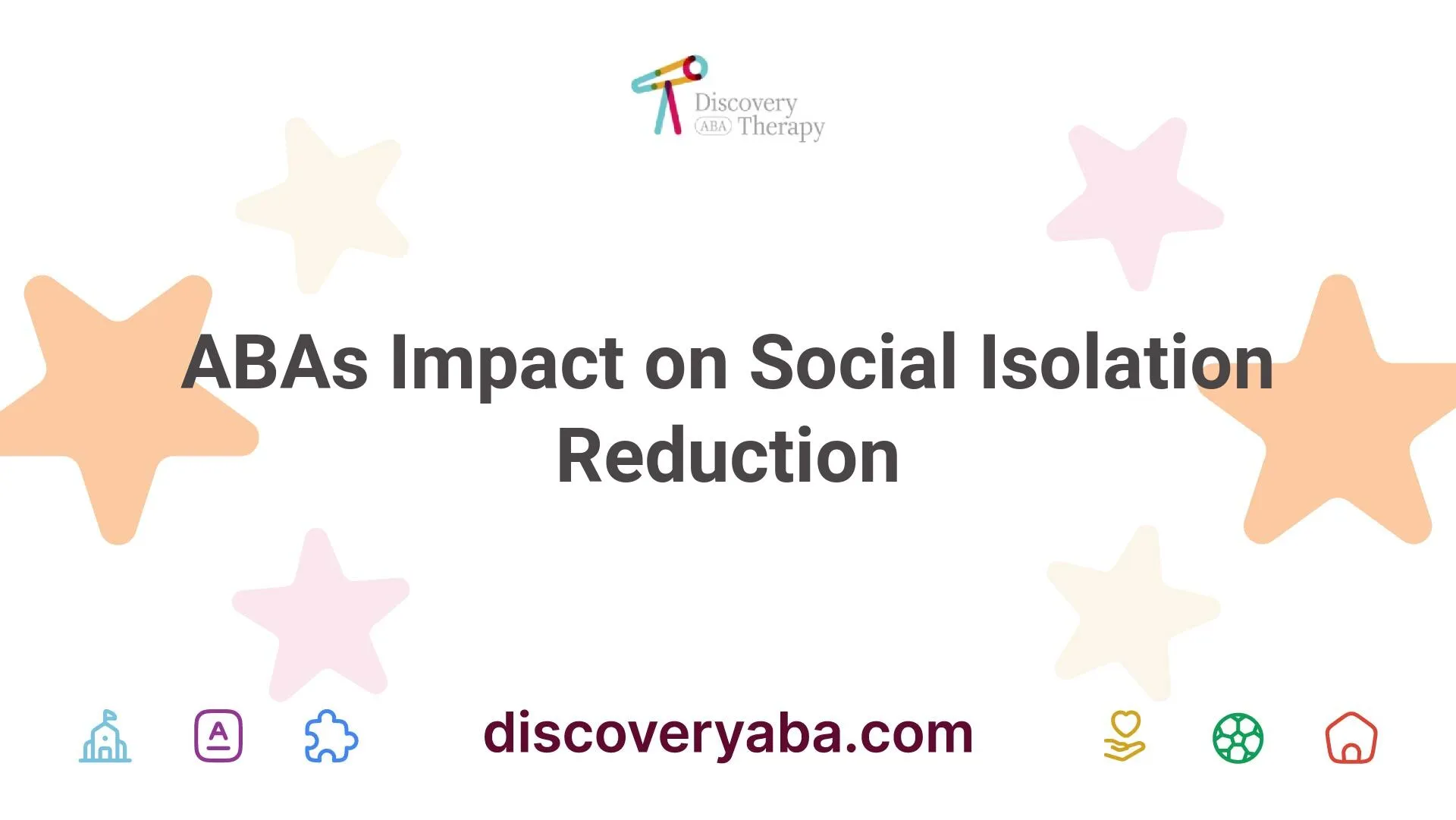
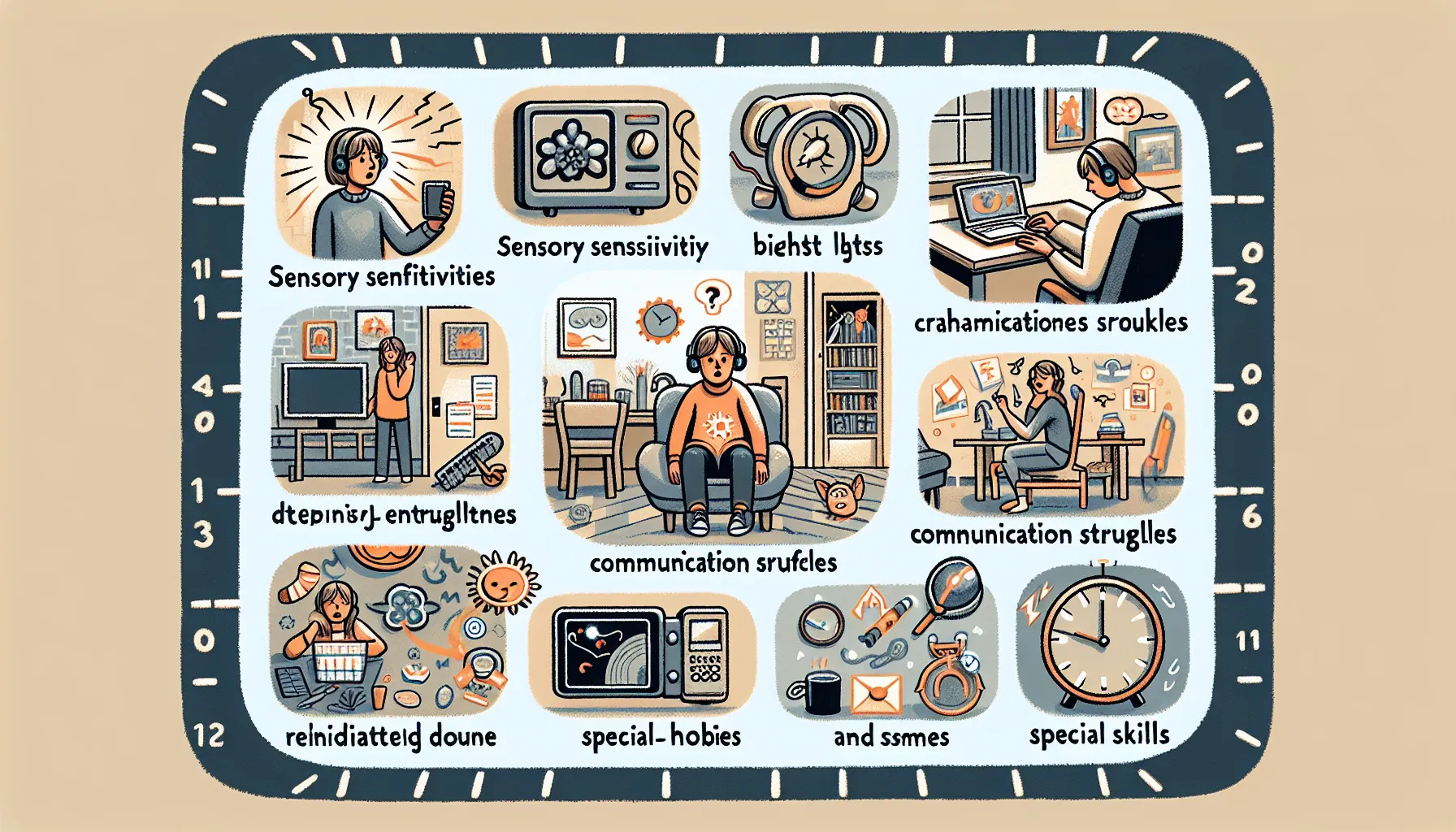














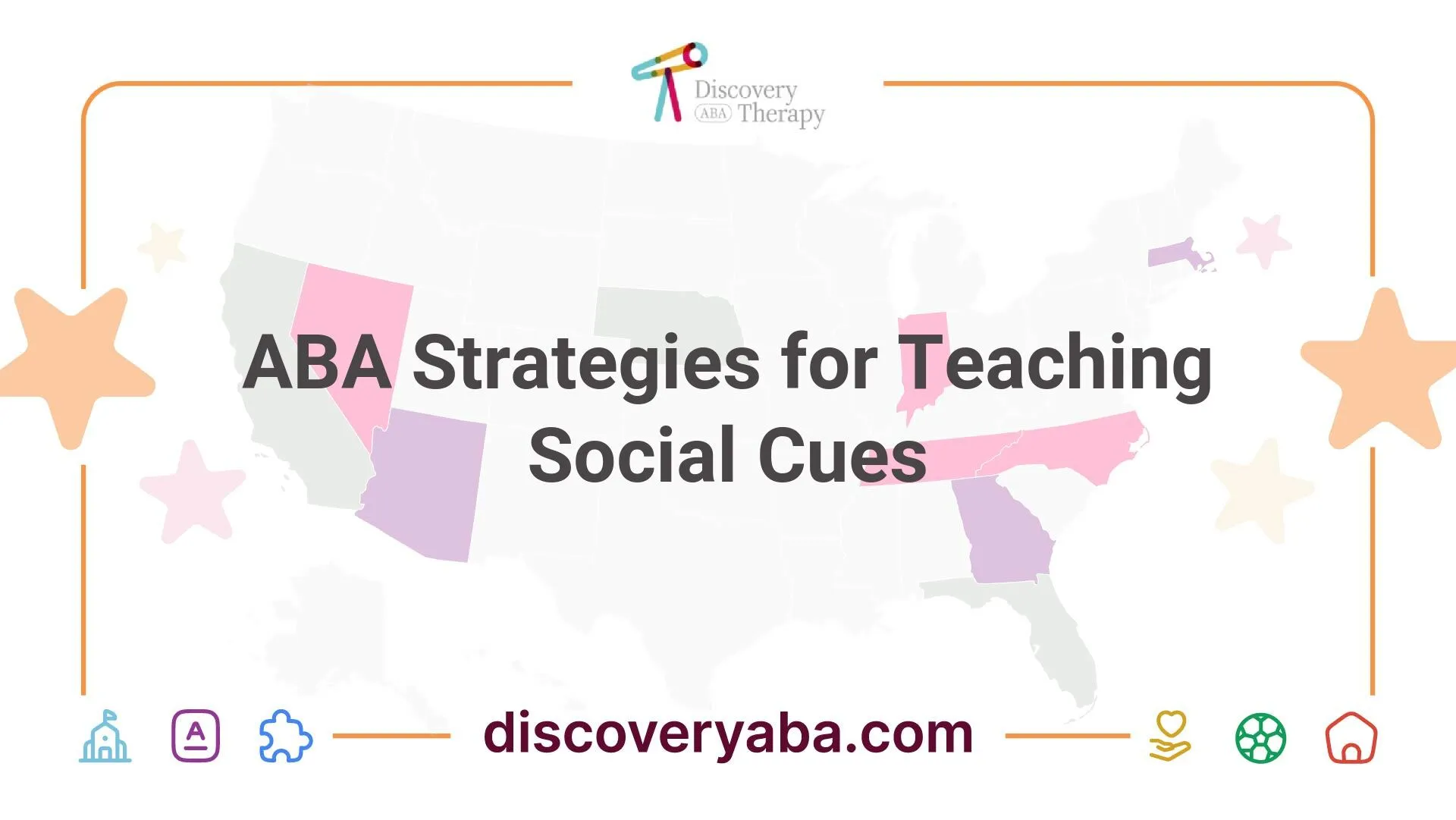










.jpeg)


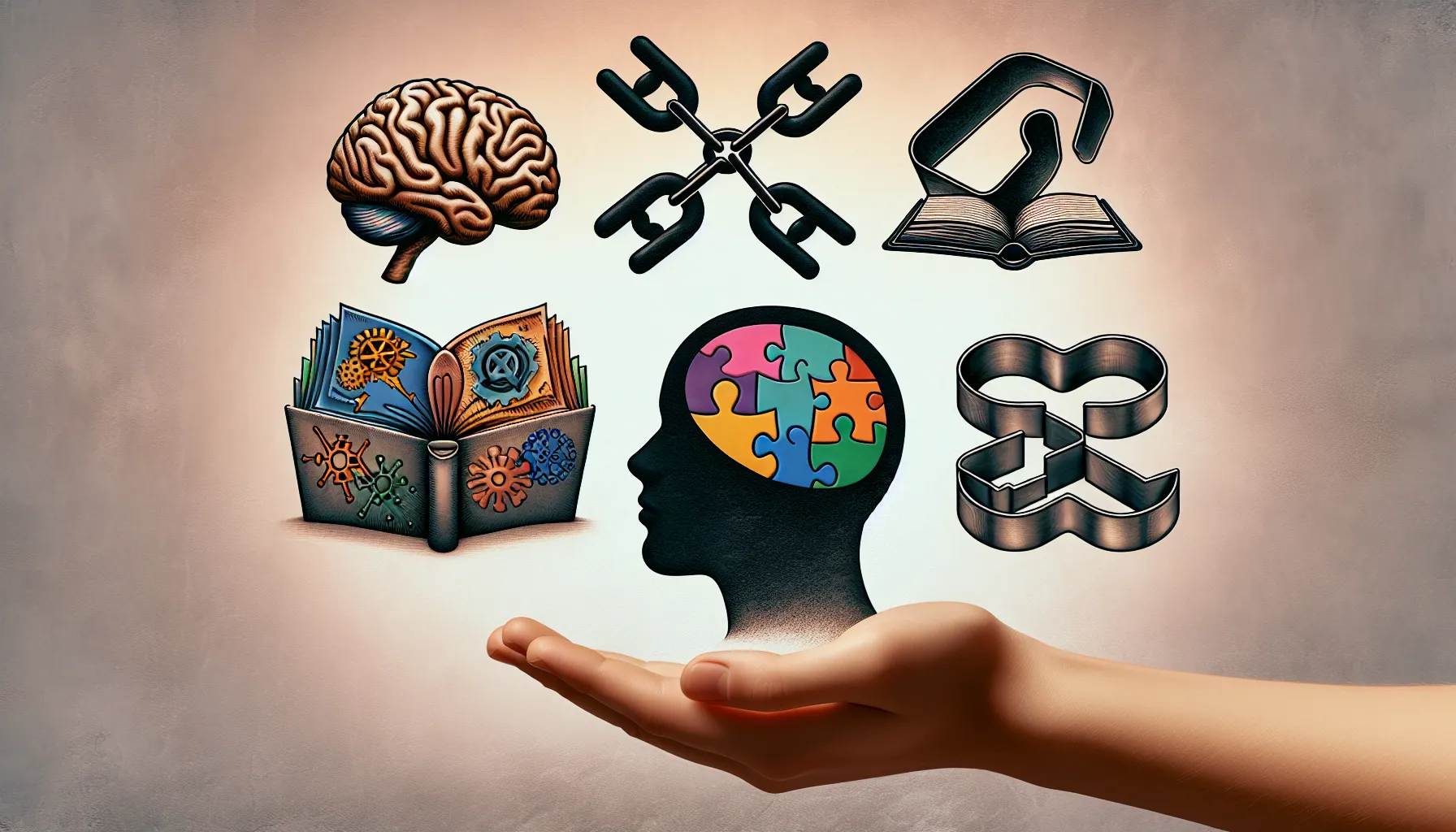


.jpeg)











.jpeg)




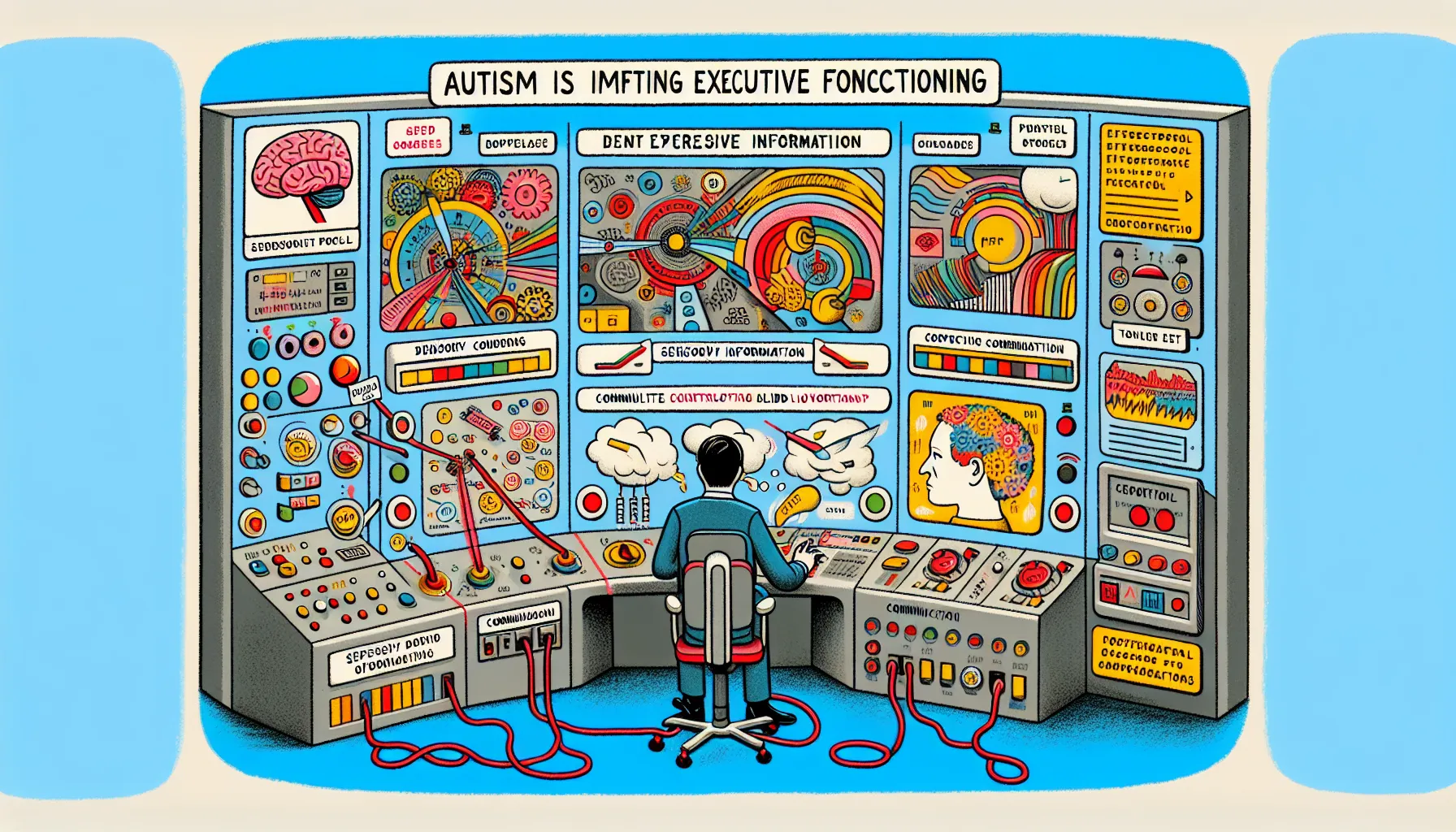
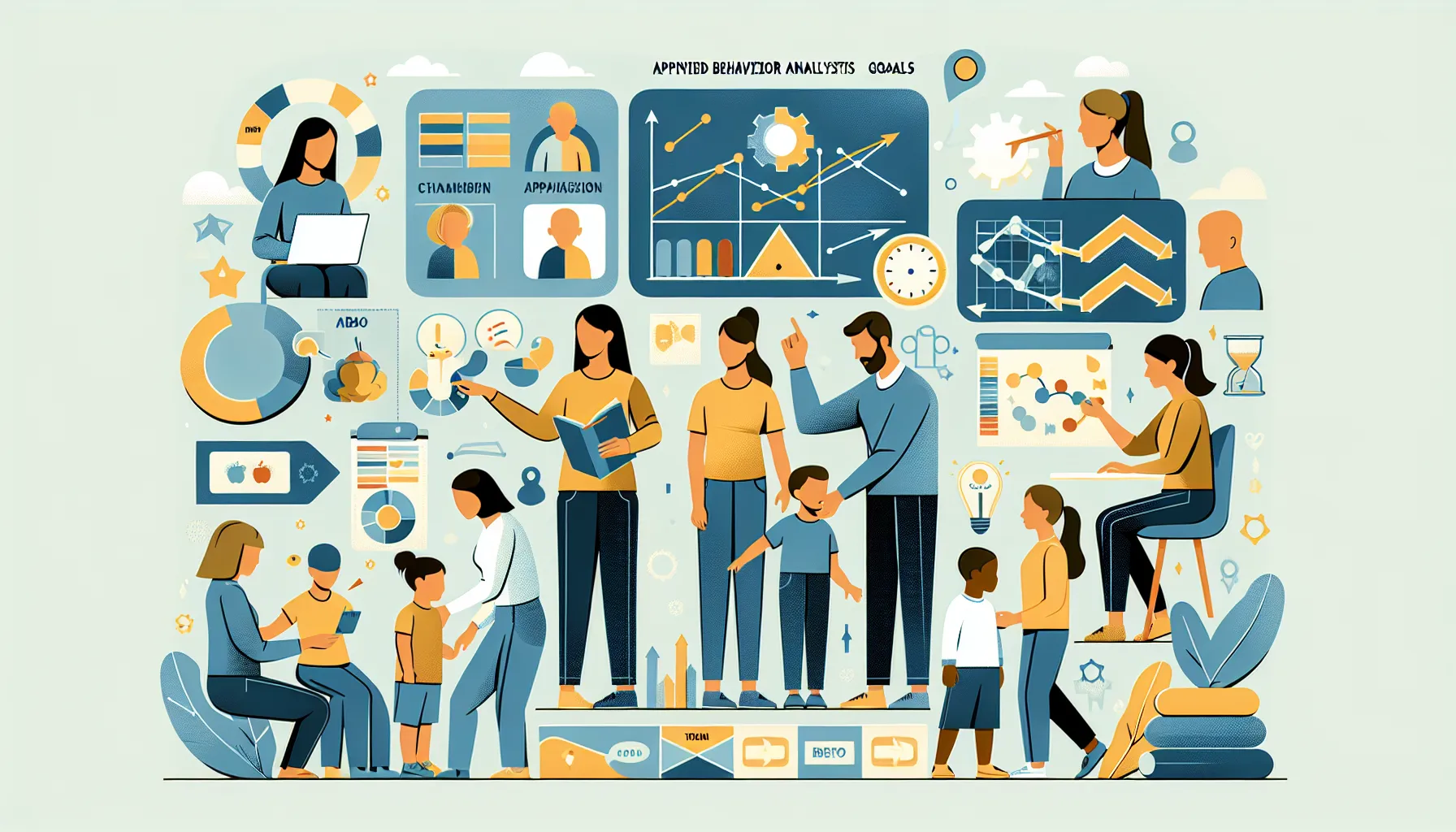

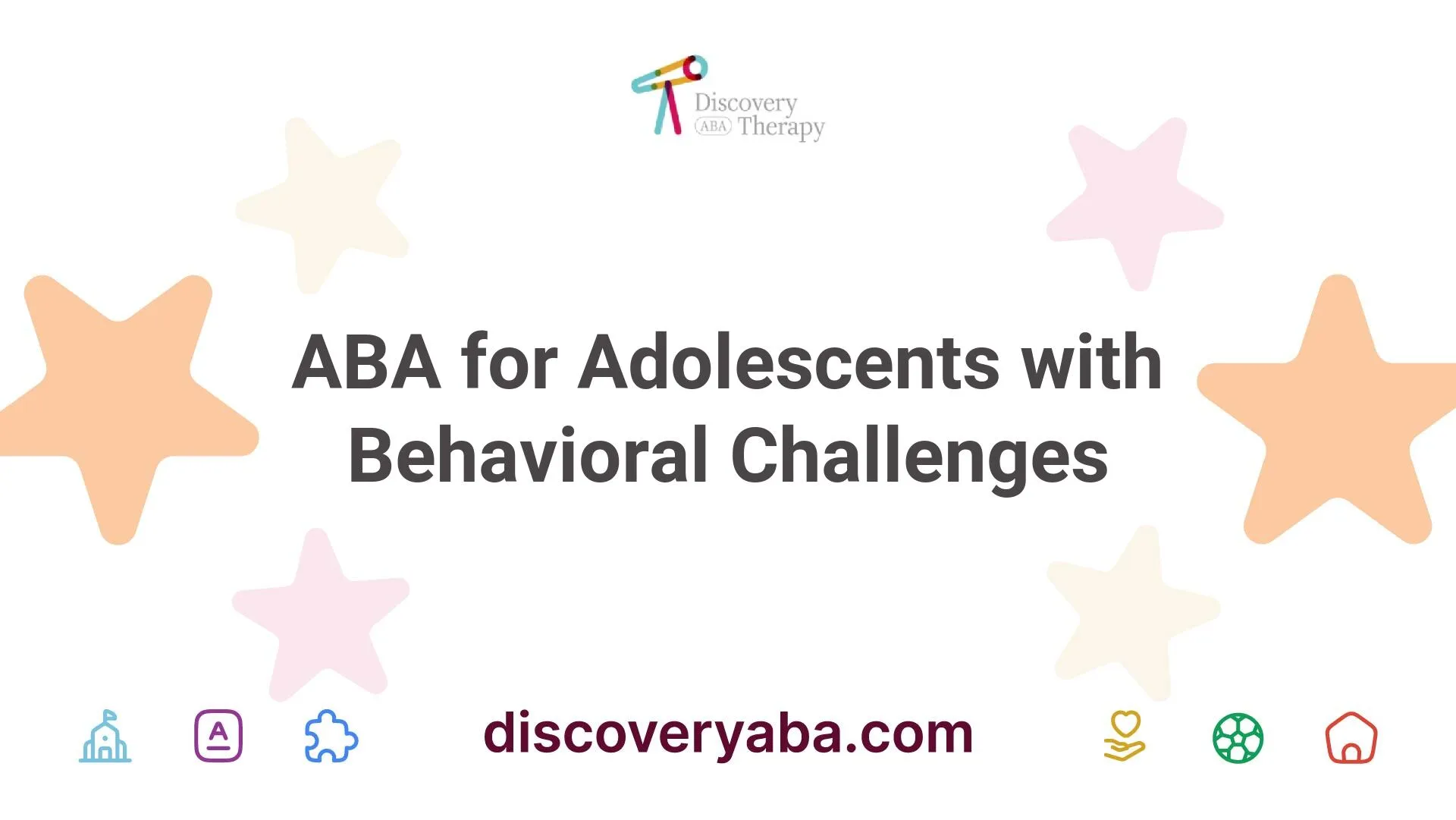




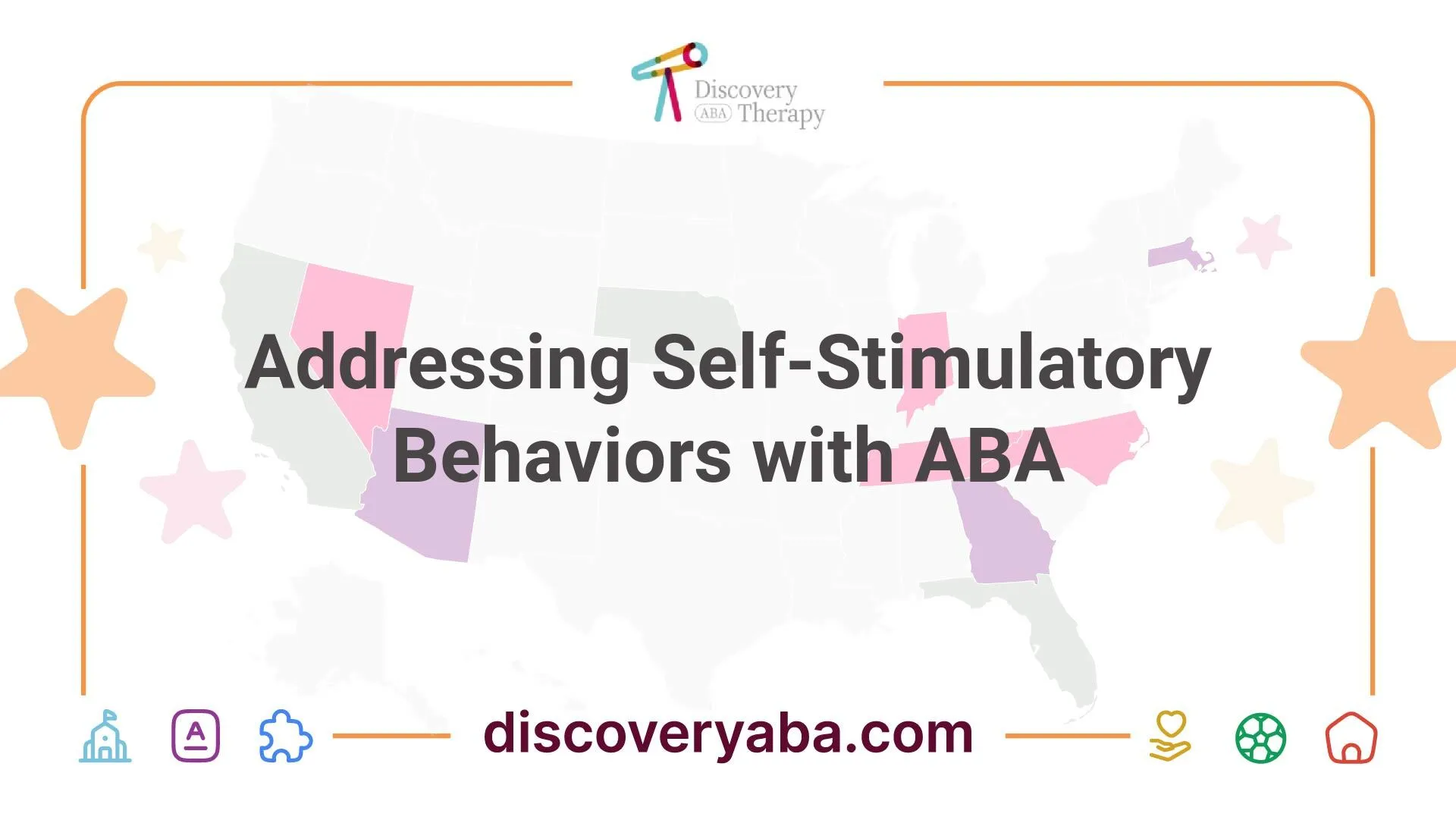
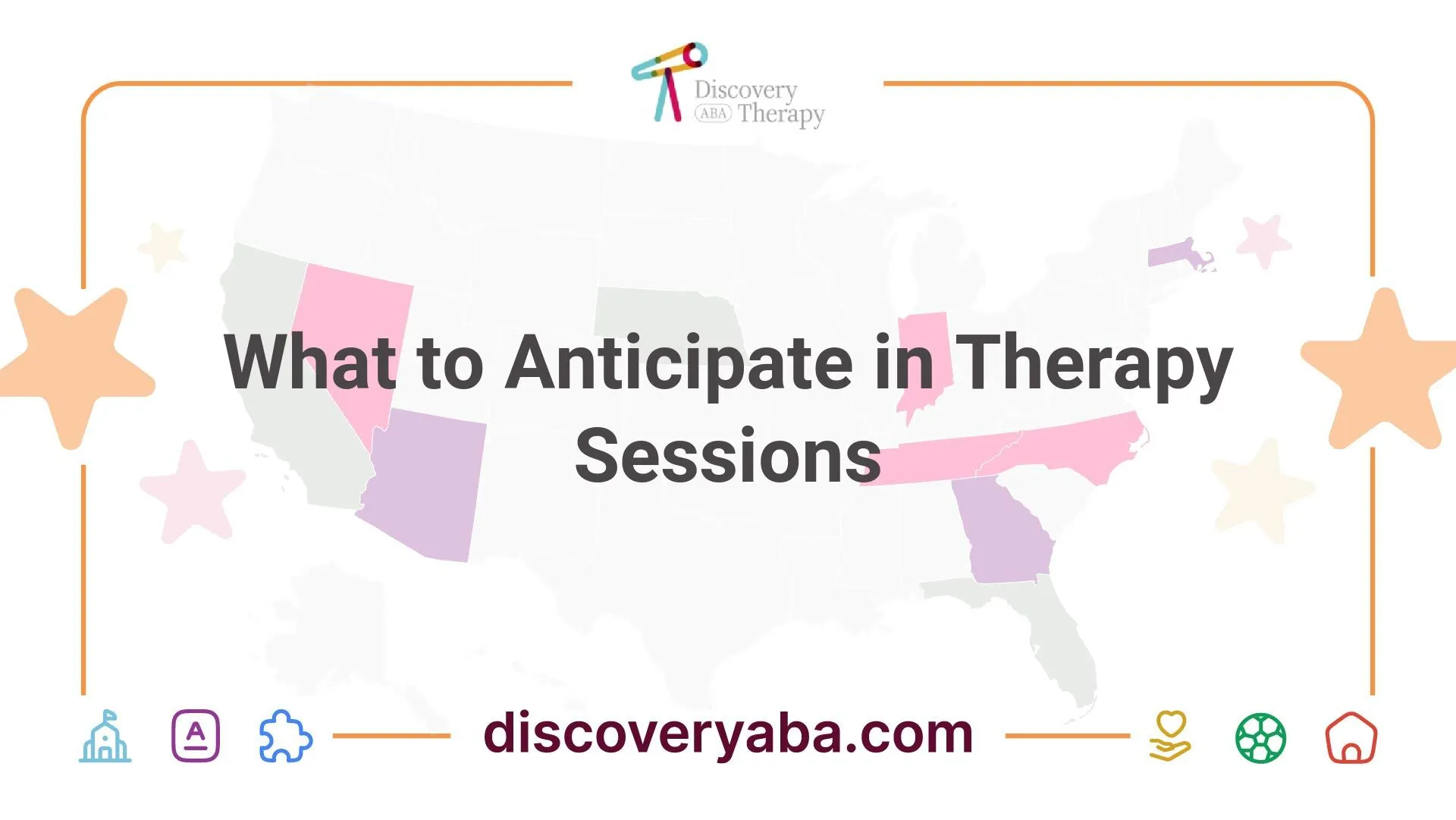
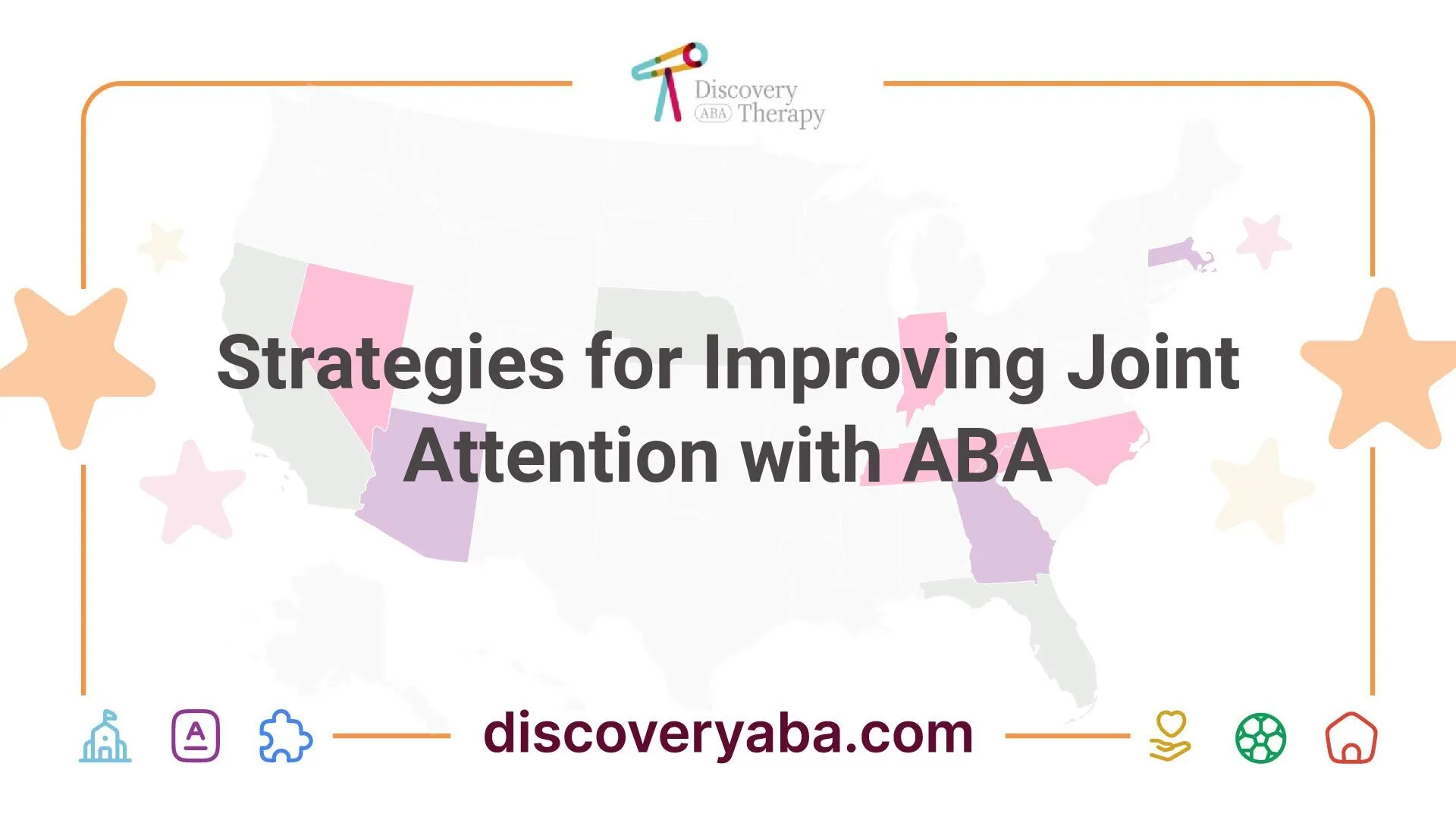
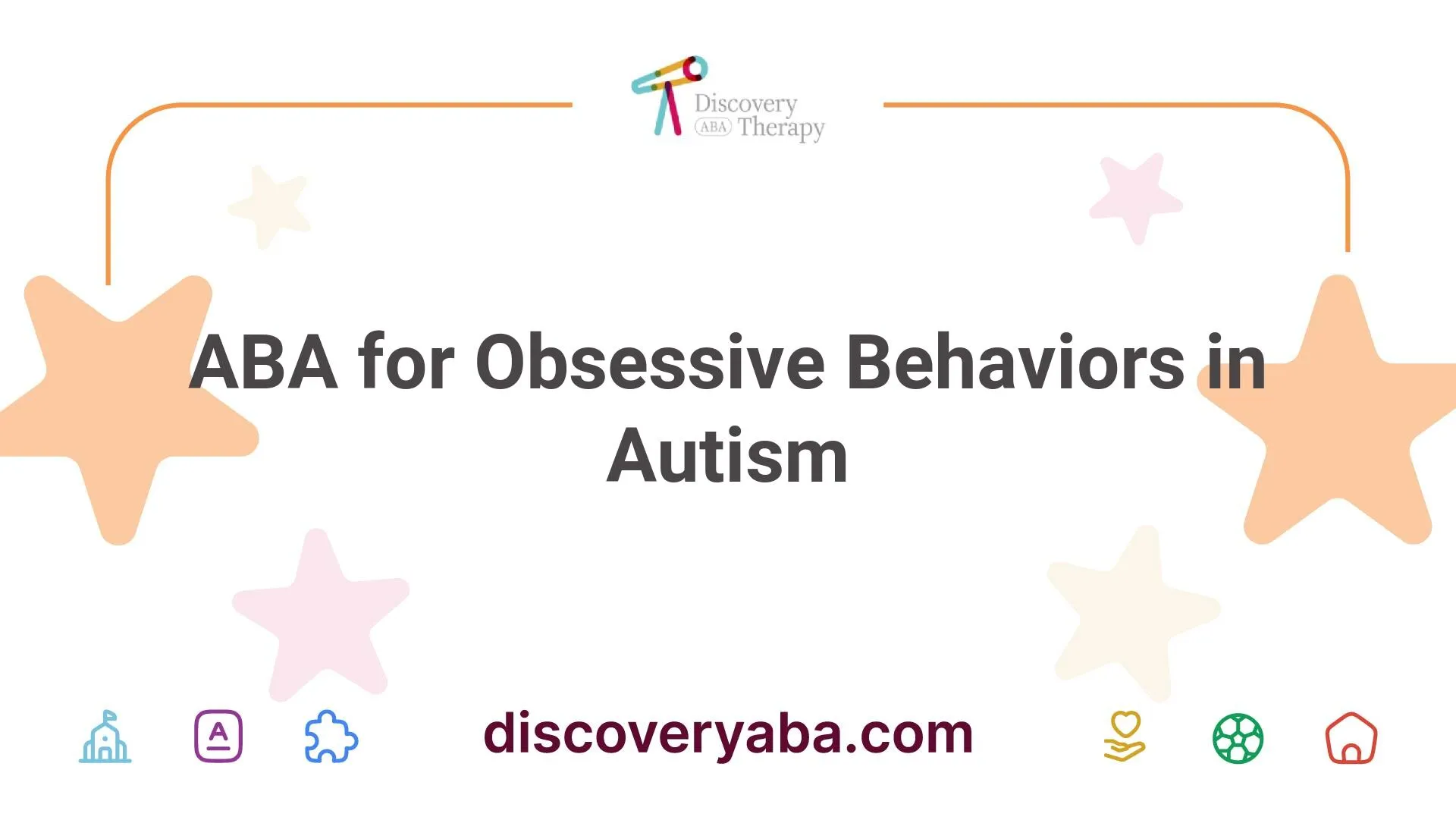


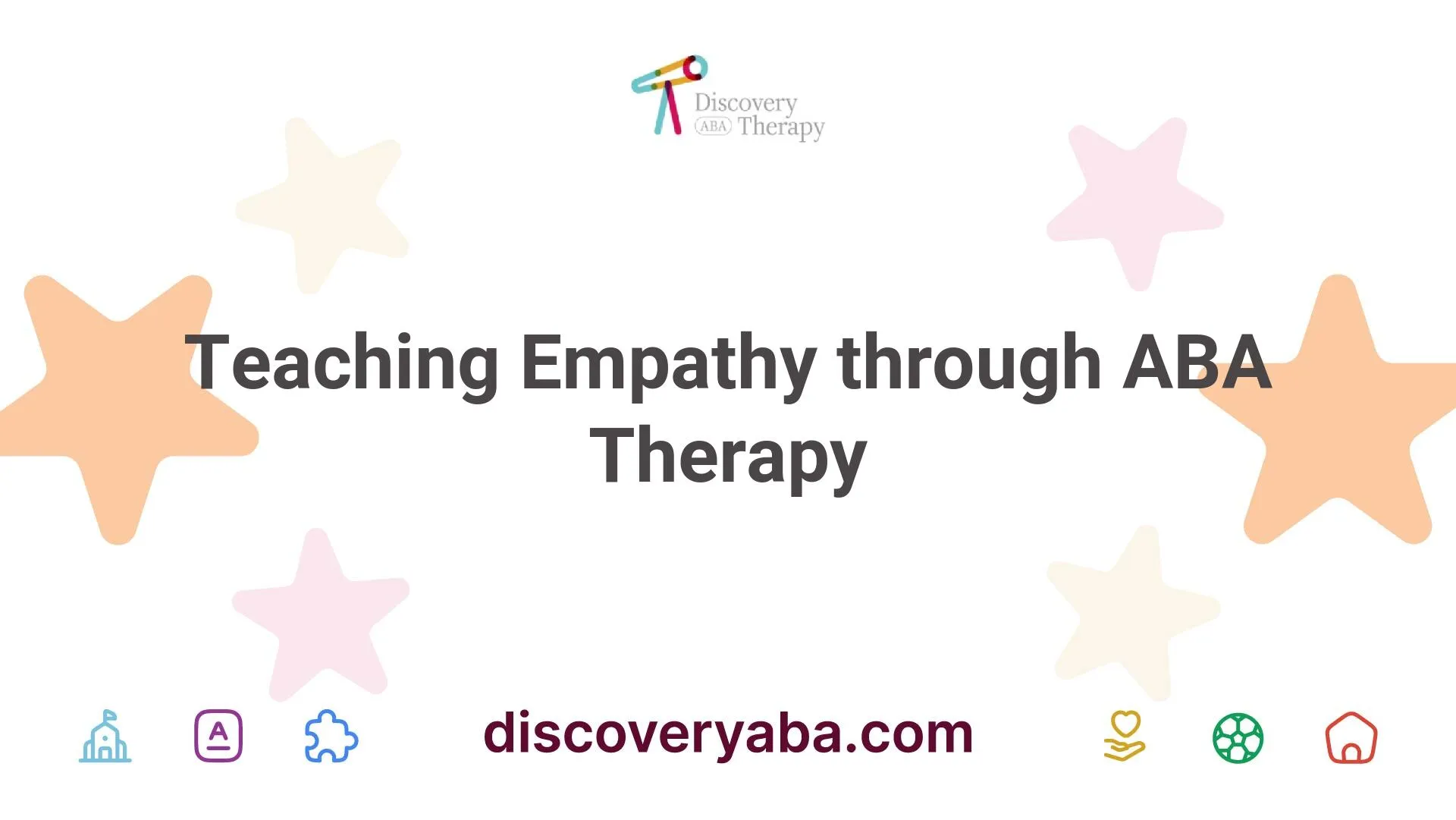
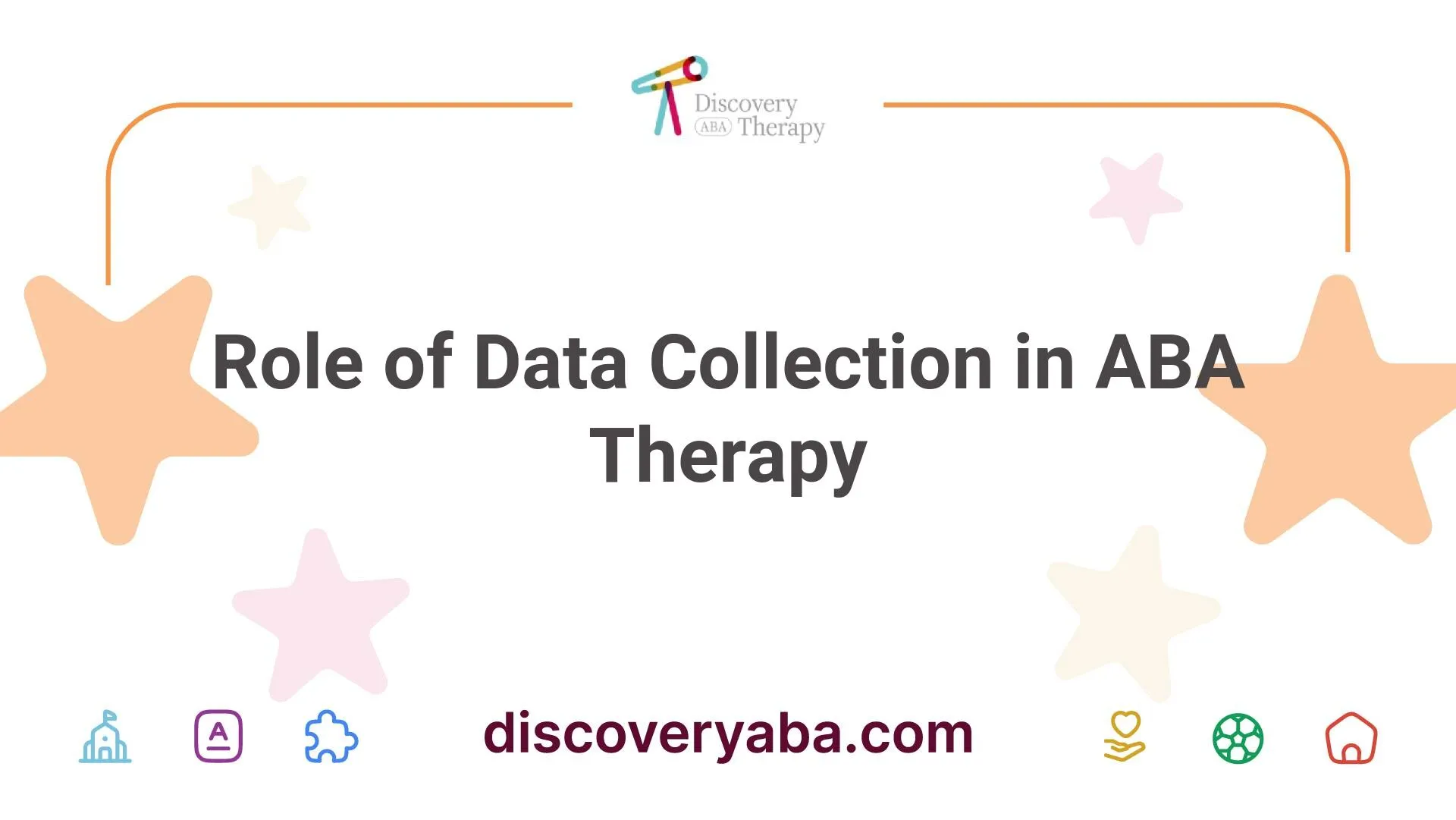
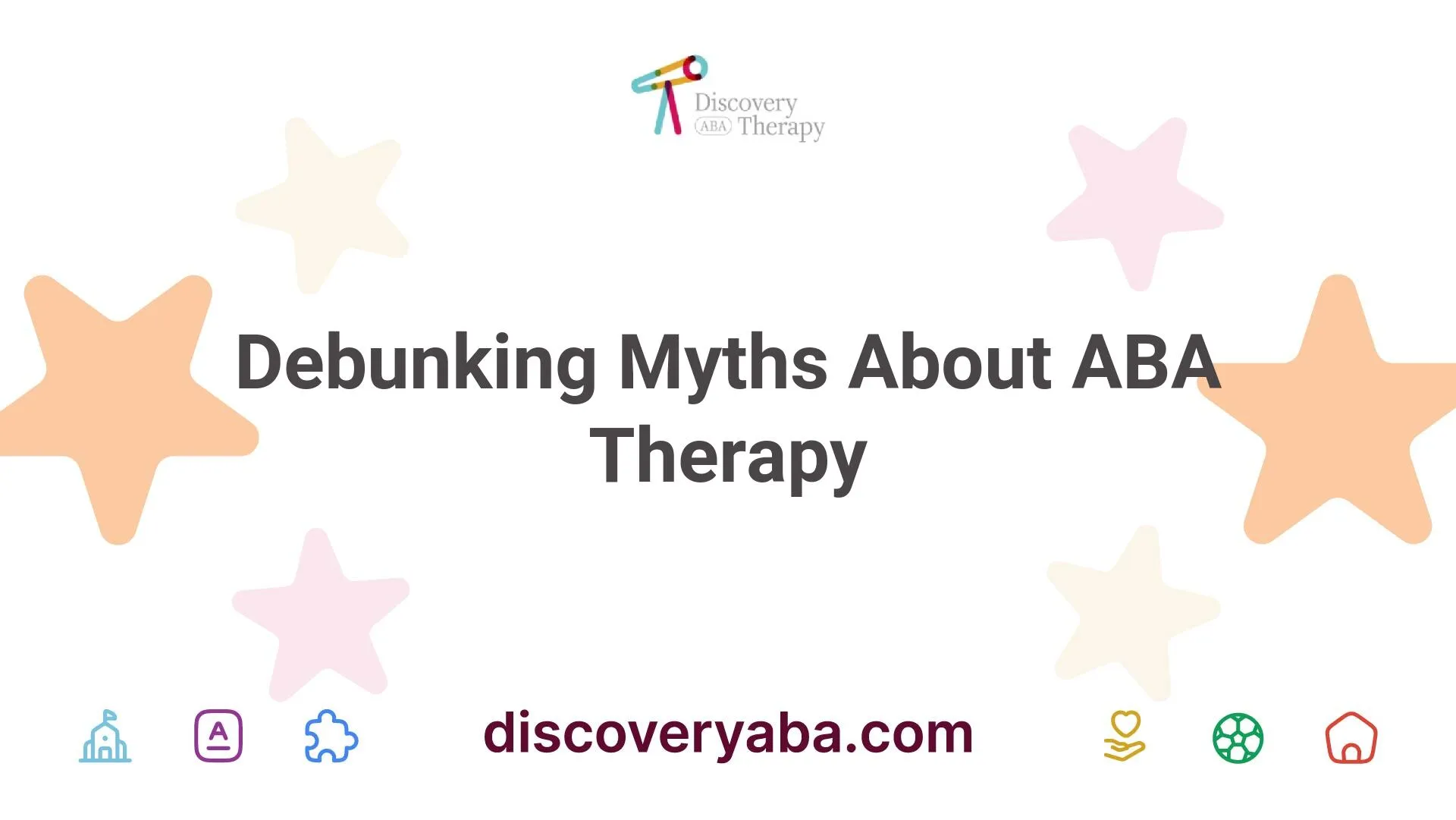
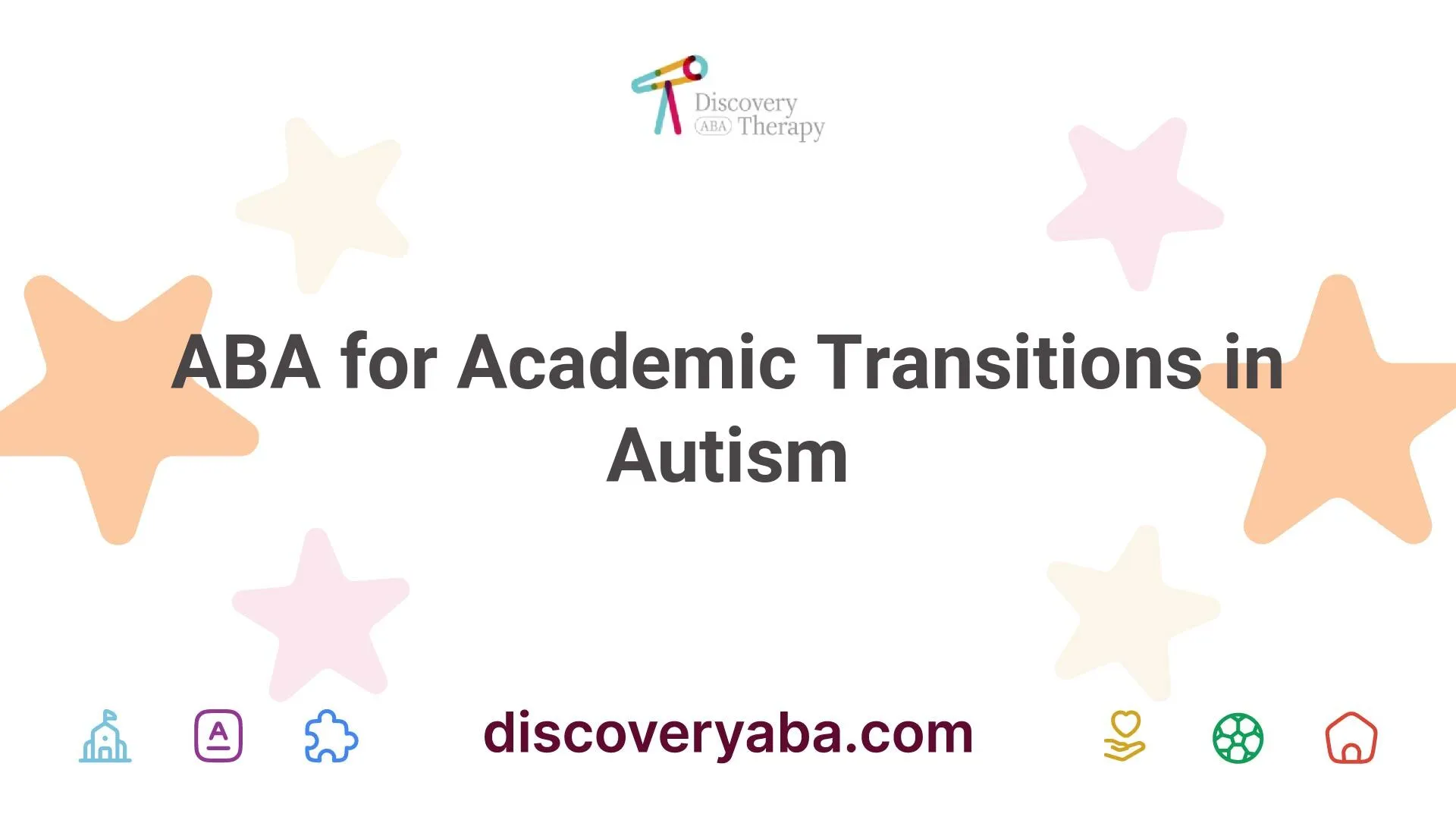
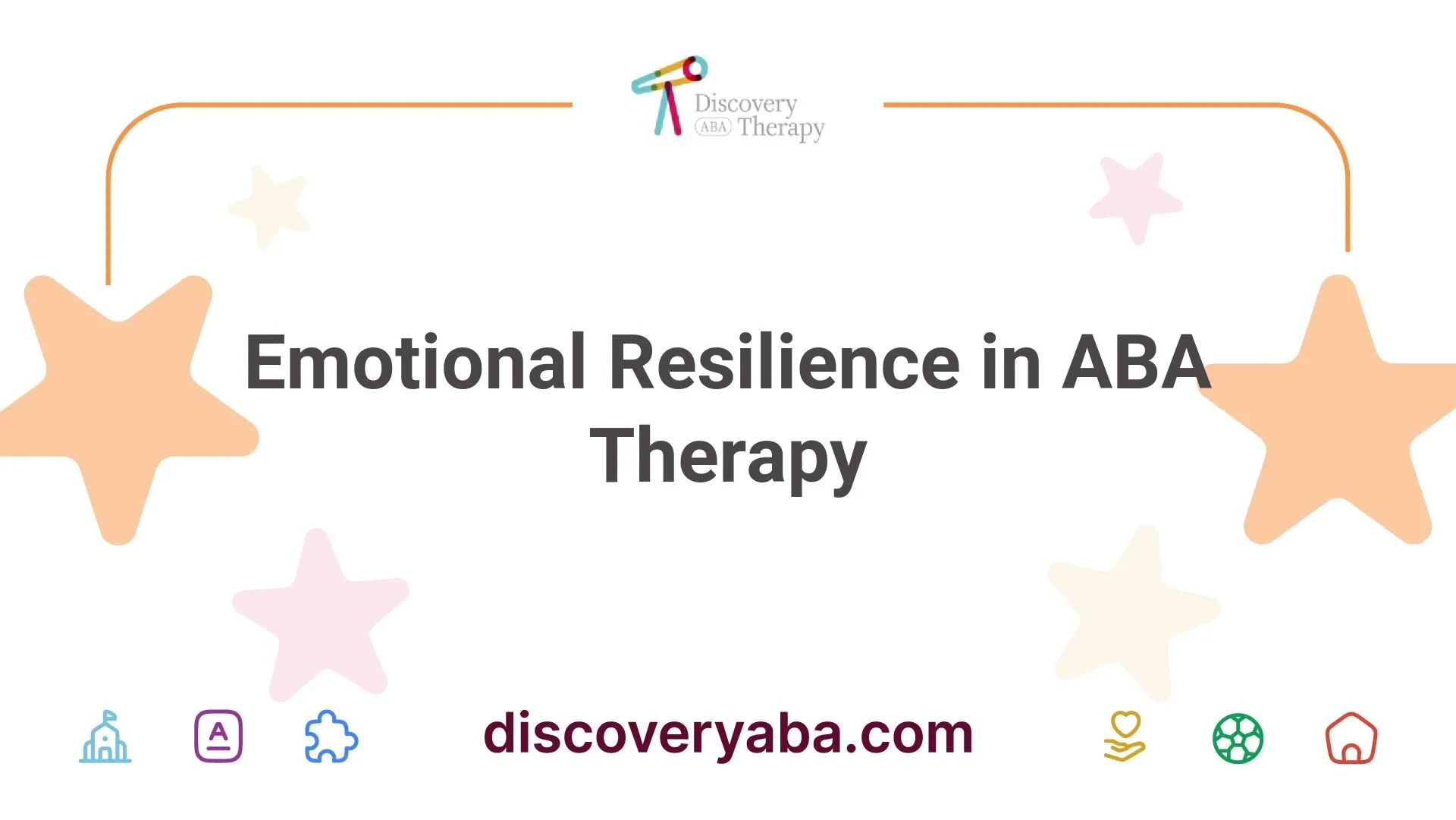
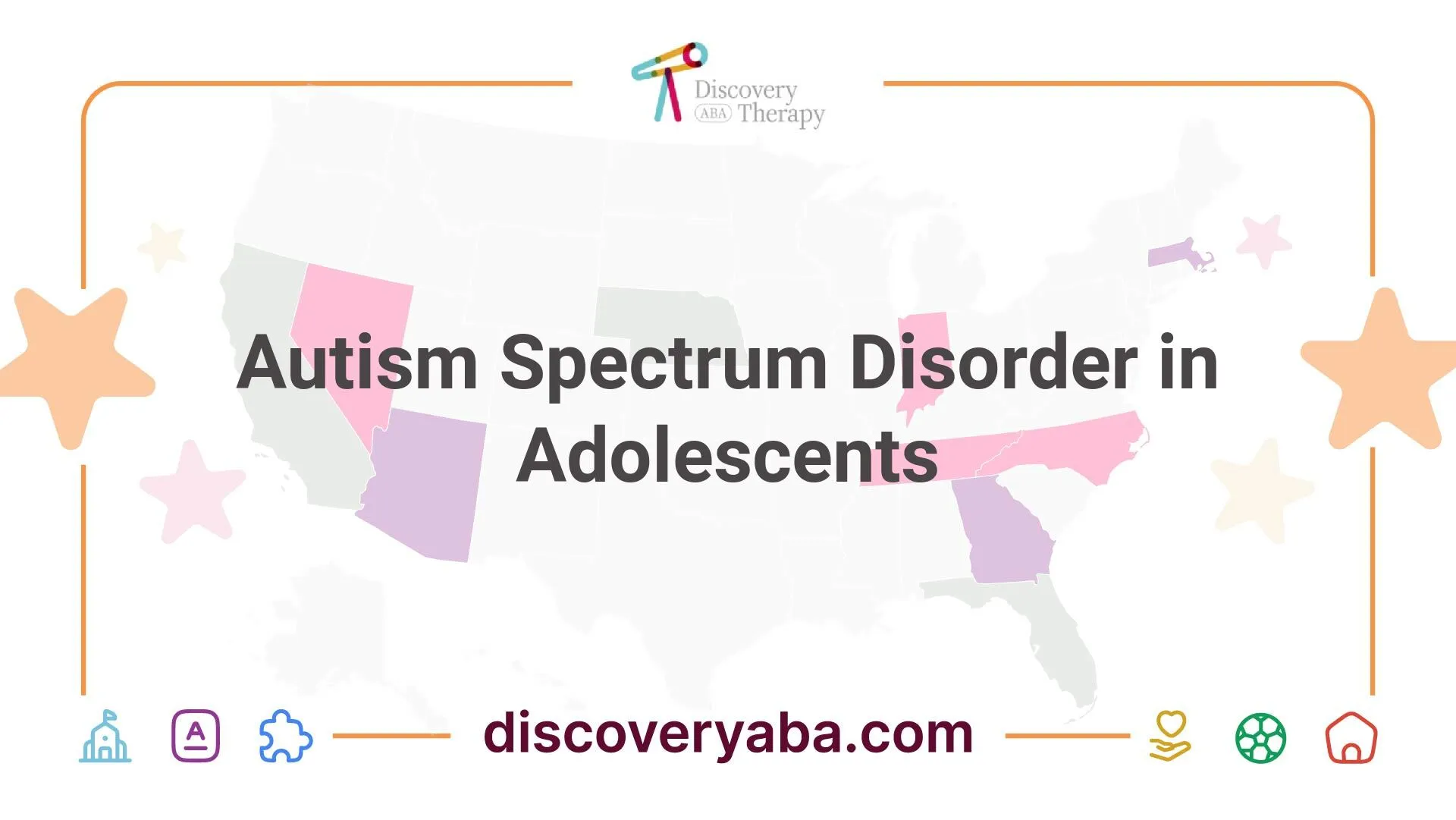
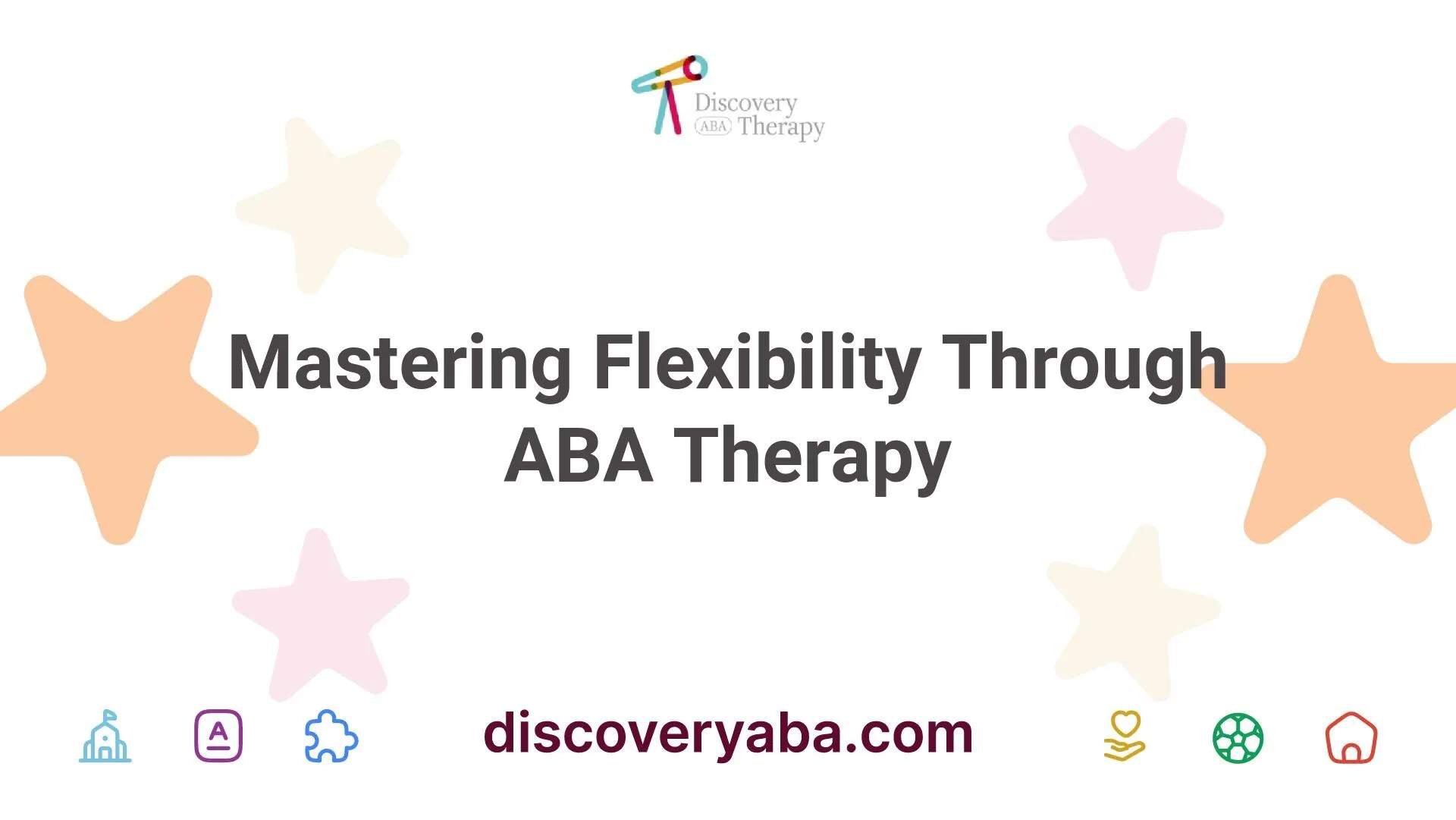

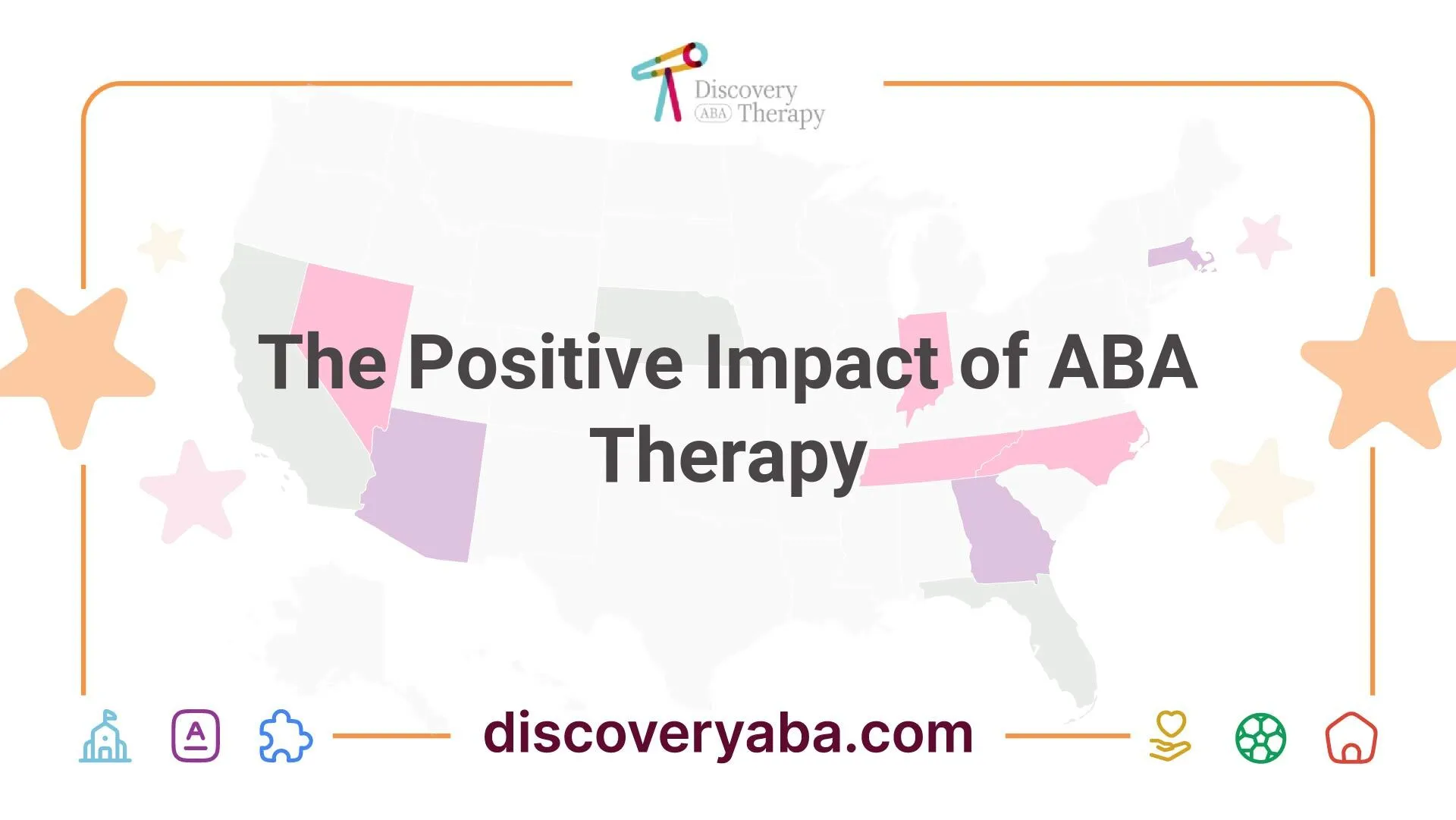
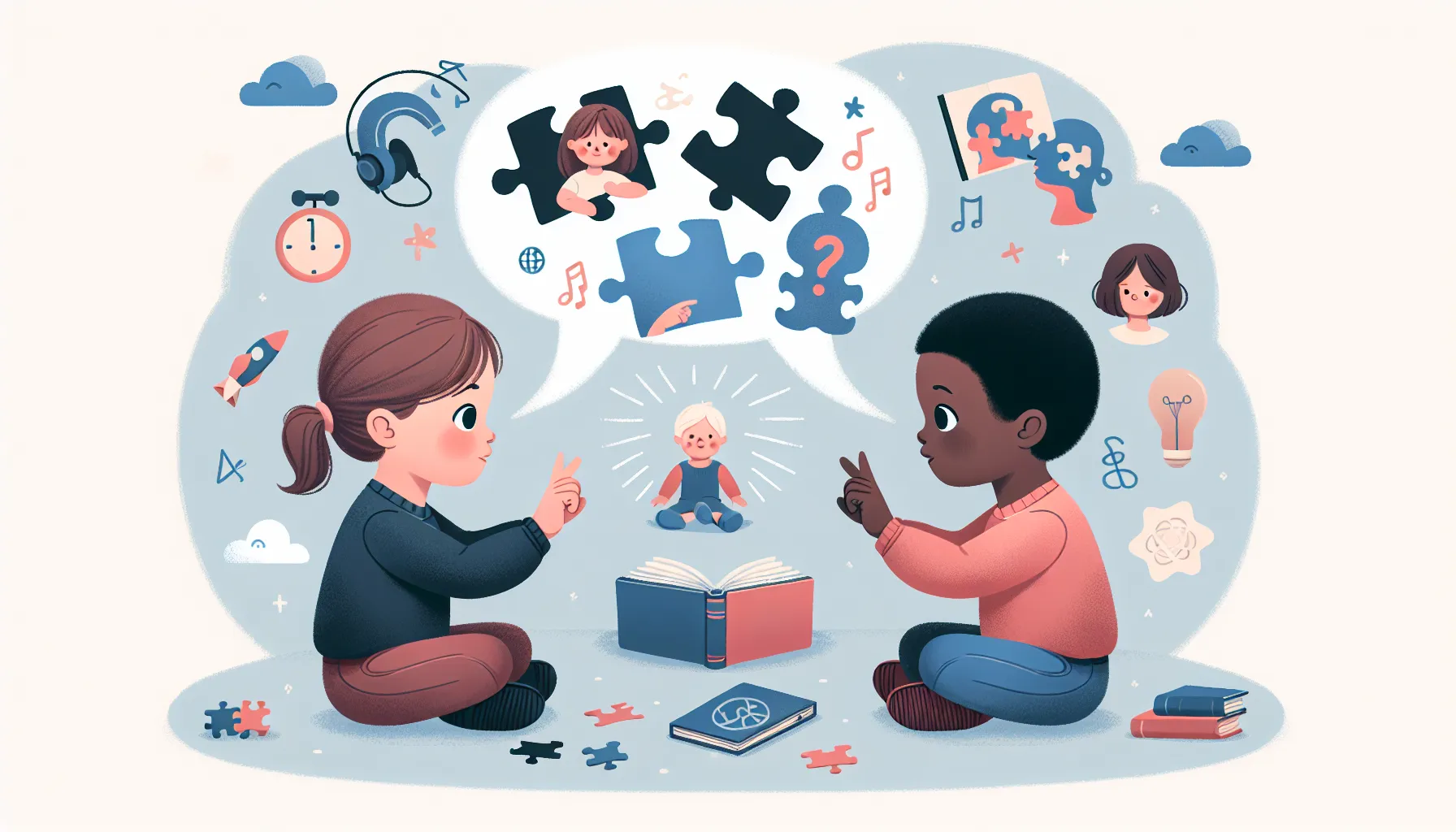






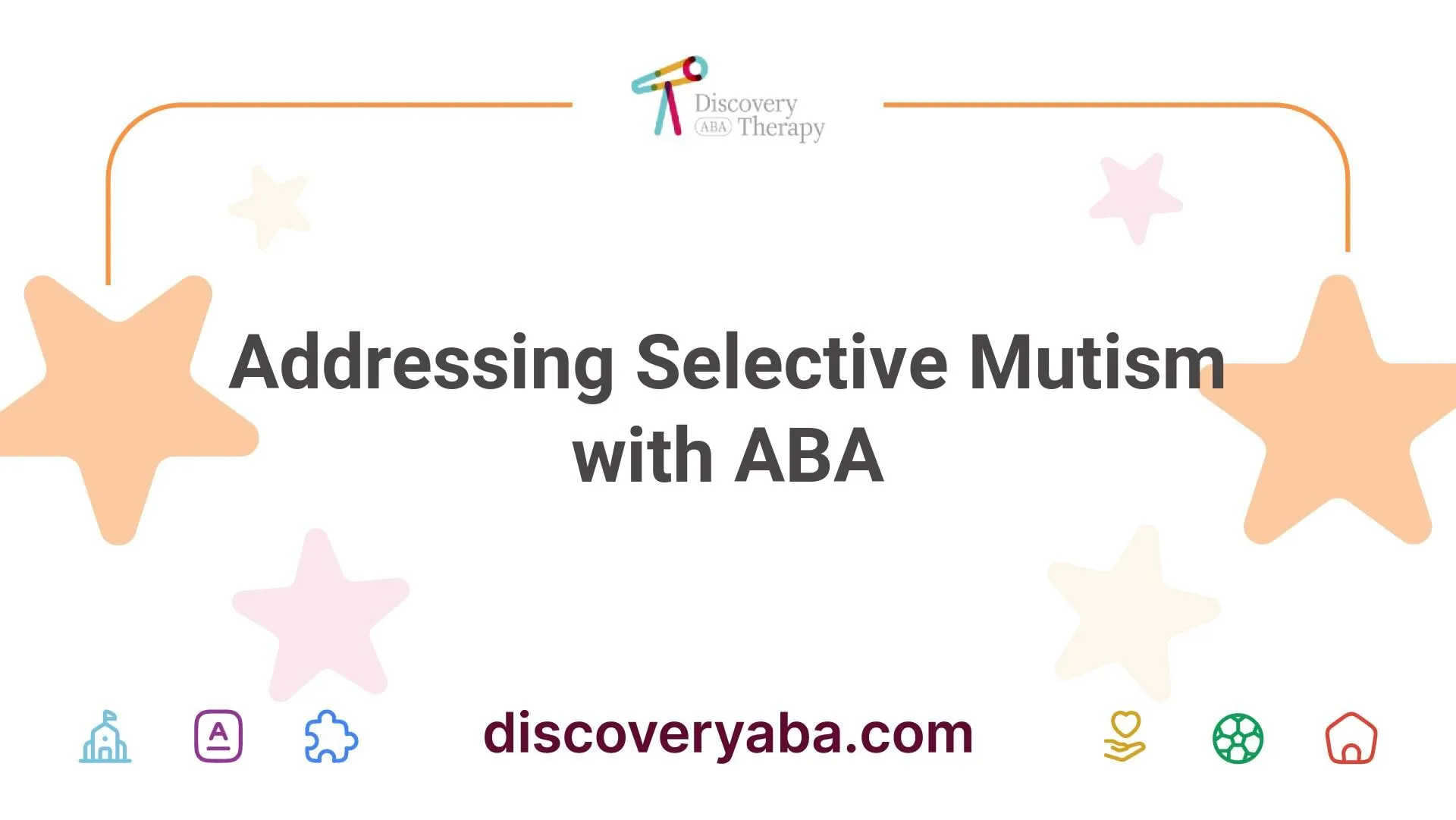

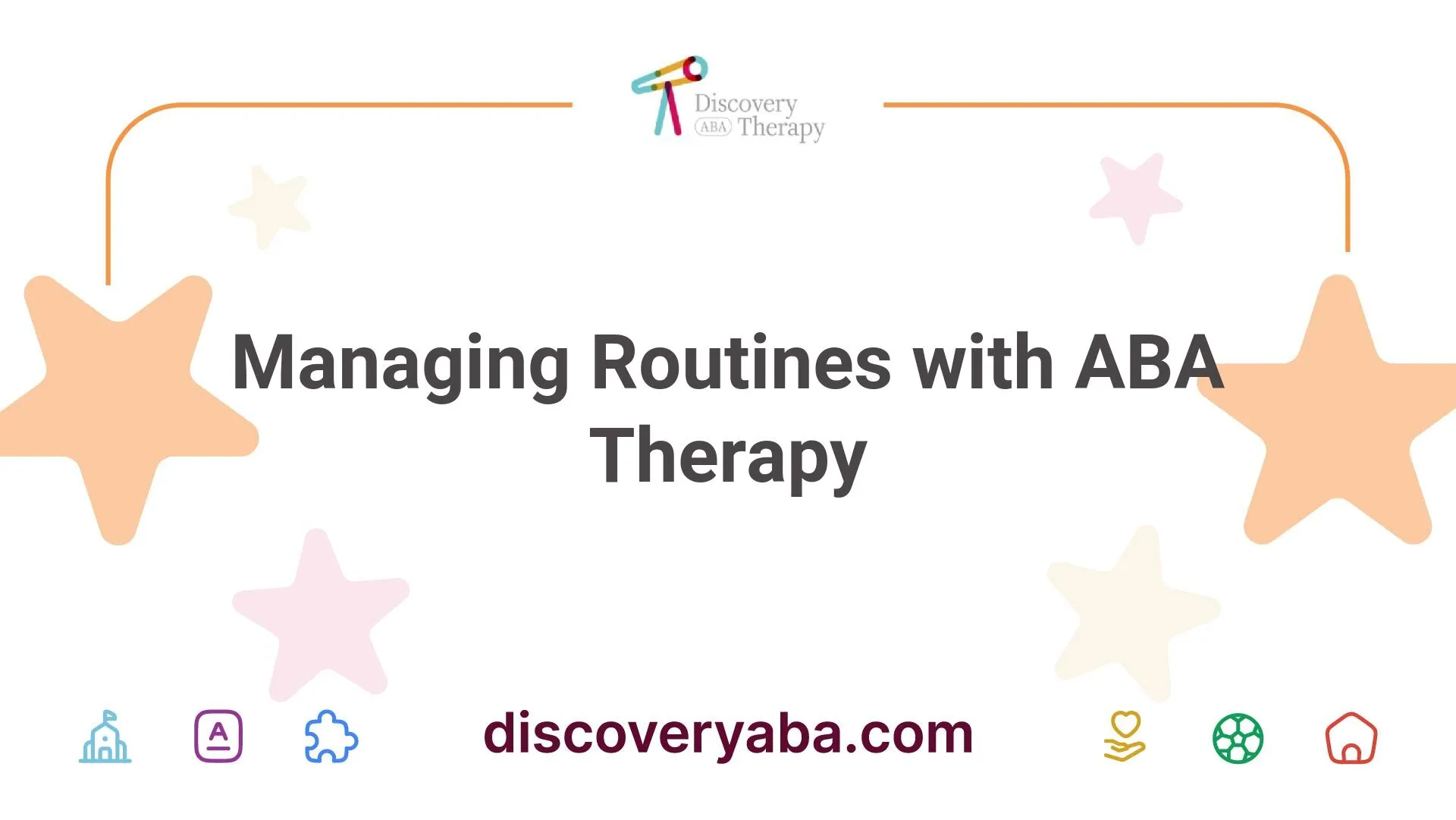
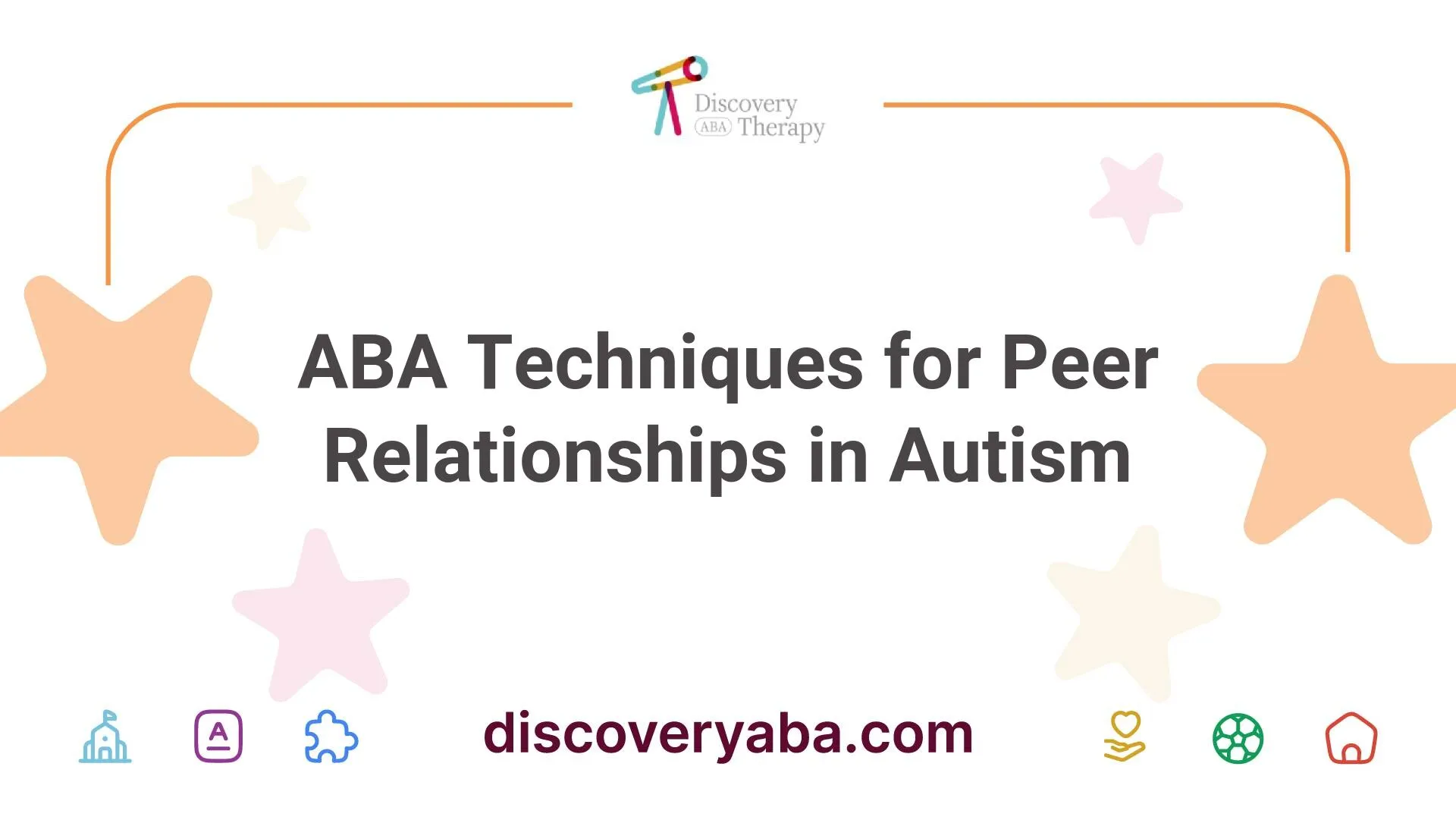




.webp)
